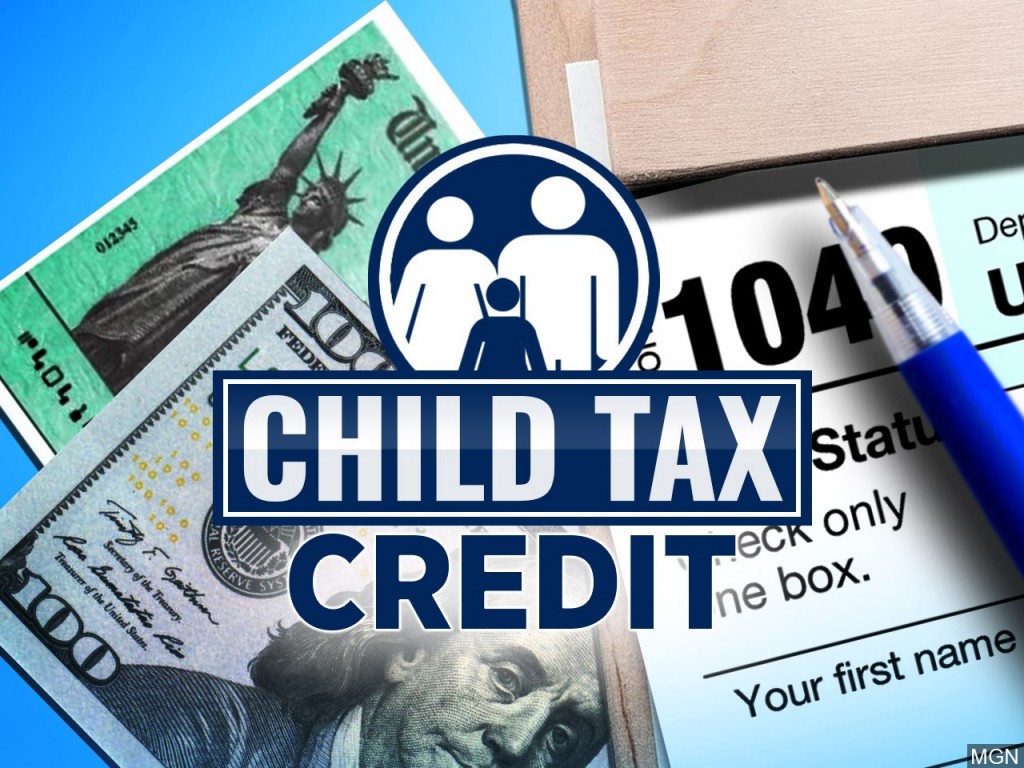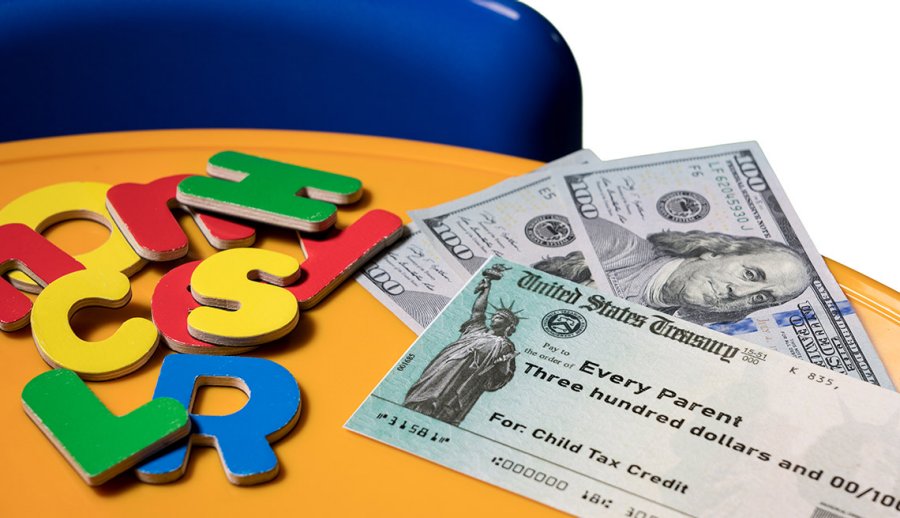How much can you save for retirement in 2021 in tax-advantaged accounts? How does $58,000 sound? The Treasury Department has announced inflation-adjusted figures for retirement account savings for 2021.
The basic salary deferral amount for 401(k) and similar workplace plans remains flat at $19,500; the $6,500 catch-up amount if you’re 50 or older also remains the same; but the overall limit for these plans goes up from $57,000 to $58,000 in 2021. That helps workers whose employers allow special after-tax salary deferrals, and self-employed folks who can save to the limit in solo or individual 401(k)s or SEP retirement plans.
For the rest of us, IRA contribution limits are flat. The amount you can contribute to an Individual Retirement Account stays the same for 2021: $6,000, with a $1,000 catch-up limit if you’re 50 or older.
There’s a little good news for IRA savers. You can earn a little more and get to deduct your IRA contributions. Plus, the phase-out income limits for contributing to a Roth IRA are bumped up.
And the income limits to claim the saver’s credit, an extra incentive to start and keep saving, has gone up.
We outline the numbers below; see IRS Notice 2020-79 for technical guidance. For more on 2021 tax numbers: Forbes contributor Kelly Phillips Erb has all the details on 2021 tax brackets, standard deduction amounts and more. We have all the details on the new higher 2021 estate and gift tax limits too.
401(k)s. The annual contribution limit for employees who participate in 401(k), 403(b), most 457 plans and the federal government’s Thrift Savings Plan is $19,500 for 2021—for the second year in a row. Note, you can make changes to your 401(k) election at any time during the year, not just during open enrollment season when most employers send you a reminder to update your elections for the next plan year.
The 401(k) Catch-Up. The catch-up contribution limit for employees age 50 or older in these plans also remains steady: it’s $6,500 for 2021. Even if you don’t turn 50 until December 31, 2021, you can make the additional $6,500 catch-up contribution for the year.
SEP IRAs and Solo 401(k)s. For the self-employed and small business owners, the amount they can save in a SEP IRA or a solo 401(k) goes up from $57,000 in 2020 to $58,000 in 2021. That’s based on the amount they can contribute as an employer, as a percentage of their salary; the compensation limit used in the savings calculation also goes up from $285,000 in 2020 to $290,000 in 2021.
Aftertax 401(k) contributions. If your employer allows aftertax contributions to your 401(k), you also get the advantage of the new $58,000 limit for 2021. It’s an overall cap, including your $19,500 (pretax or Roth in any combination) salary deferrals plus any employer contributions (but not catch-up contributions).
The SIMPLE. The contribution limit for SIMPLE retirement accounts is unchanged at $13,500 for 2021. The SIMPLE catch-up limit is still $3,000.
Defined Benefit Plans. The limitation on the annual benefit of a defined benefit plan is unchanged at $230,000 for 2021. These are powerful pension plans (an individual version of the kind that used to be more common in the corporate world before 401(k)s took over) for high-earning self-employed folks.
Individual Retirement Accounts. The limit on annual contributions to an Individual Retirement Account (pretax or Roth or a combination) remains at $6,000 for 2021. The catch-up contribution limit, which is not subject to inflation adjustments, remains at $1,000. (Remember that 2021 IRA contributions can be made until April 15, 2022.)
Deductible IRA Phase-Outs. You can earn a little more in 2021 and get to deduct your contributions to a traditional pretax IRA. Note: Even if you earn too much to get a deduction for contributing to an IRA, you can still contribute—it’s just nondeductible.
In 2021, the deduction for taxpayers making contributions to a traditional IRA is phased out for singles and heads of household who are covered by a workplace retirement plan and have modified adjusted gross incomes (AGI) between $66,000 and $76,000, up from $65,000 and $75,000 in 2020. For married couples filing jointly, in which the spouse who makes the IRA contribution is covered by a workplace retirement plan, the income phase-out range is $105,000 to $125,000 for 2021, up from $104,000 to $124,000.
For an IRA contributor who is not covered by a workplace retirement plan and is married to someone who is covered, the deduction is phased out if the couple’s income is between $198,000 and $208,000 in 2021, up from $196,000 and $206,000 in 2020.
Roth IRA Phase-Outs. The inflation adjustment helps Roth IRA savers too. In 2021, the AGI phase-out range for taxpayers making contributions to a Roth IRA is $198,000 to $208,000 for married couples filing jointly, up from $196,000 to $206,000 in 2020. For singles and heads of household, the income phase-out range is $125,000 to $140,000, up from $124,000 to $139,000 in 2020.
If you earn too much to open a Roth IRA, you can open a nondeductible IRA and convert it to a Roth IRA as Congress lifted any income restrictions for Roth IRA conversions. To learn more about the backdoor Roth, see Congress Blesses Roth IRAs For Everyone, Even The Well-Paid.
Saver’s Credit. The income limit for the saver’s credit for low- and moderate-income workers is $66,000 for married couples filing jointly for 2021, up from $65,000; $49,500 for heads of household, up from $48,750; and $33,000 for singles and married filing separately, up from $32,500.
QLACs. The dollar limit on the amount of your IRA or 401(k) you can invest in a qualified longevity annuity contract is still $135,000 for 2021.
Source: Forbes
By Ashlea Ebeling



